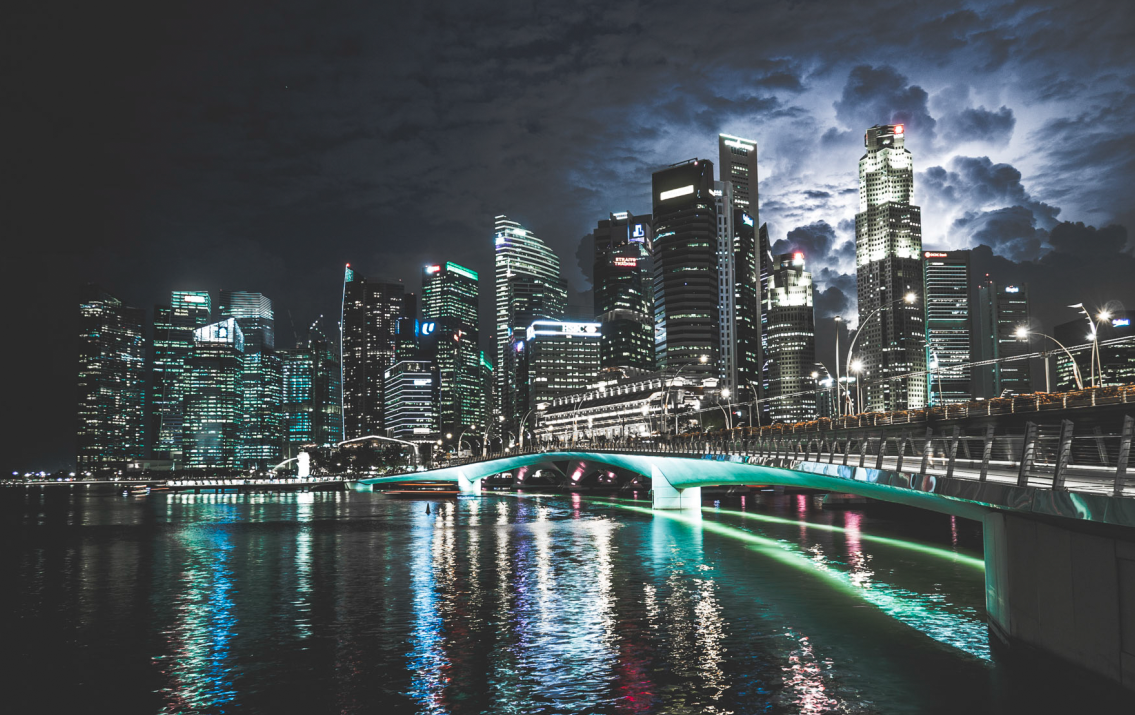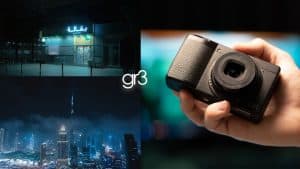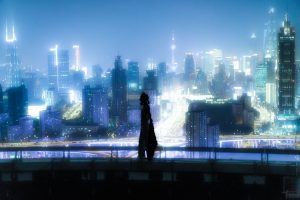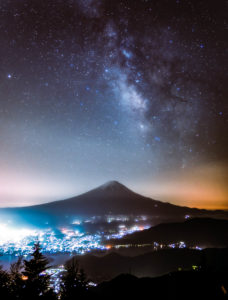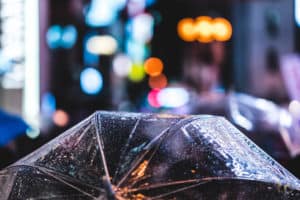While I’m still not a “professional”, I’ve considered myself a photographer for about one year now. My definition is that you become a photographer once you start consistently going out with the sole purpose of taking photos, and not just any photos, but good ones with artistic value. The above image is one I took with luck – after that, I started seeking out similarly well timed and composed shots, and that was the moment I became a photographer in my mind.
Here are 10 significant lessons from along the journey that I wanted to share.
1. Lenses make the picture, not the camera
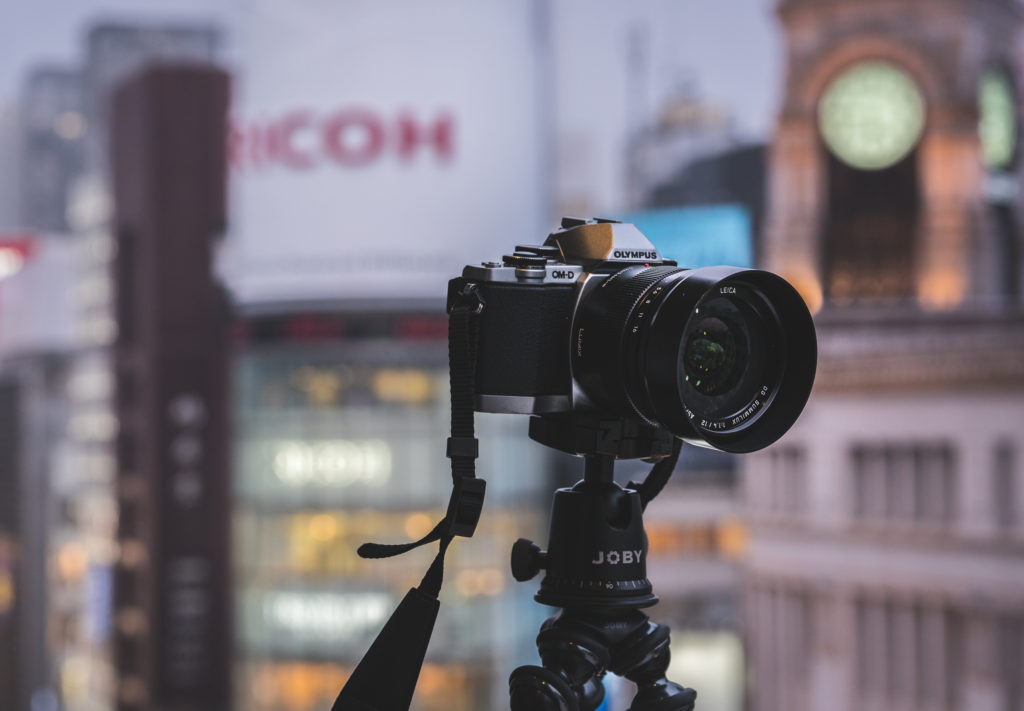
Omd-em 10 ($500) with PanaLeica 12mm f1.2 ($1100)
This is probably a common misconception to have, but it dawned on me pretty early on that in order to create great photographs, the camera I was carrying didn’t matter nearly as much as I thought before buying it. Instead, the glass is what makes 70% of the photo. So if I had to buy my first camera again, I’d focus more on the available lens selection, instead of the camera body. Read my article about choosing your first (mirrorless) camera here.
2. Prime lenses are awesome
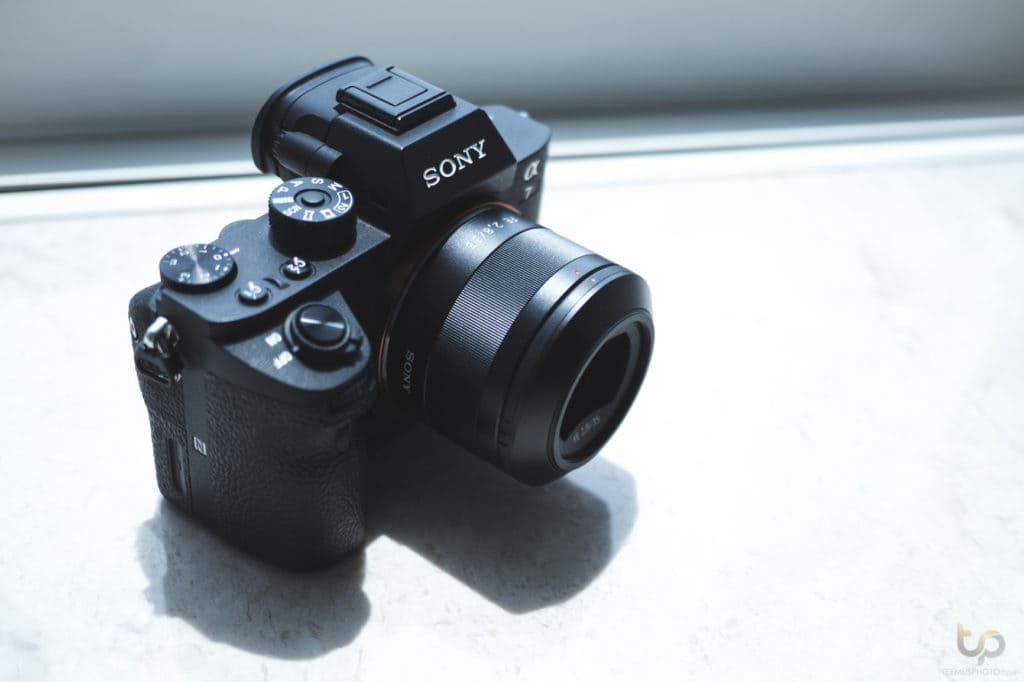
Sony A7R ii with 35/2.8 prime
Zoom is not important in my type of photography, where I shoot mostly urban landscapes and streets. Often, when I hand my camera to an inexperienced person, they always try to zoom with either the focus ring or aperture ring, which leaves them very confused. Zooming with ones feet is a cliche statement, but for a good reason. I don’t deny the benefits of being able to zoom, but the greater image quality and speed far outweighs that. Not to mention, zoom lenses are often heavier – which means I’d rather carry 2 primes than 1 heavy zoom.
3. Great location equals great photos, but an uglier location makes you a better photographer
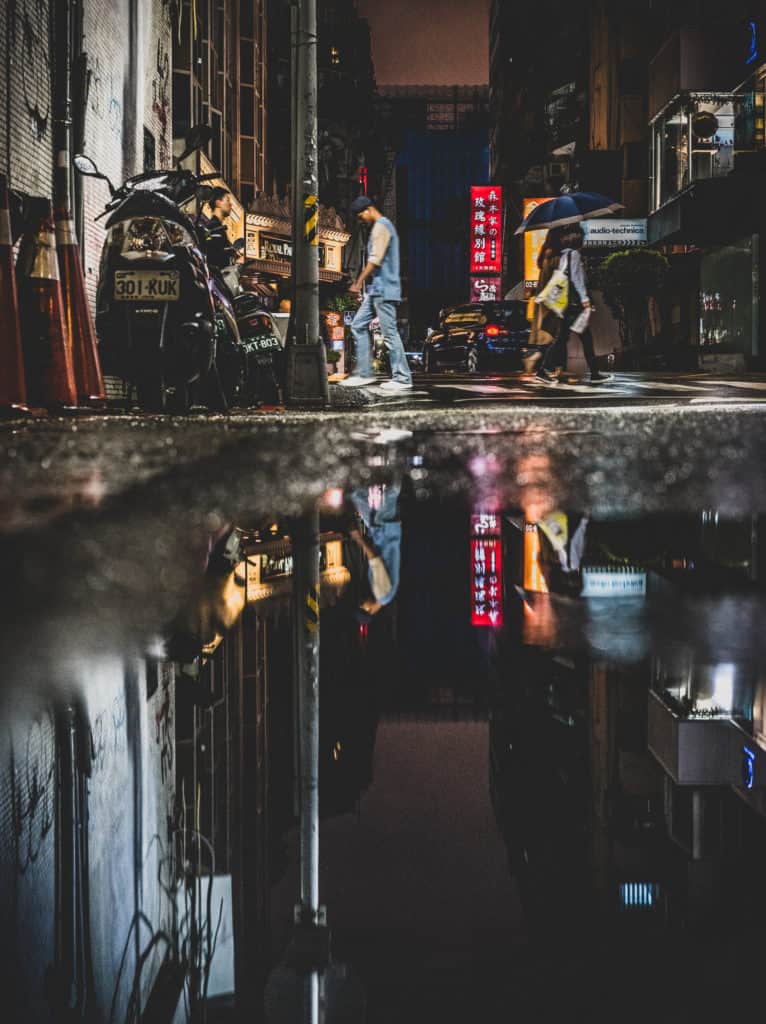
It’s easy to take good photos in a stunning location – and if you’re just starting out, it’s almost too easy. I started to get seriously into photography while I was living in Singapore, which in my opinion is a very beautiful city. And the waterfront area of Marina Bay was 5 minutes from my apartment. It was easy to take average-to-decent cityscape shots there as a beginner with a wide angle lens. After a few months I moved to Taipei and struggled to get photos of comparable quality for a long while. I was forced to adapt, so I studied photography a lot harder and essential went back to the drawing board, because I could no longer turn up at sunset time and point my camera at skyscrapers to get an awesome shot. In the end, I got much better at the craft as a result of moving to a less beautiful city.
I feel like it’s important to note that I’m not saying Taipei is an ugly city, but rather, the beauty is harder to record in a photograph. The streets are grittier and darker, they don’t have that “postcard” -look that seems prevalent in Singapore.
4. Stop oversaturating photos

In my first 6 or so months of editing pics, I had a tendency to abuse the vibrance and saturation curves on Lightroom. That is too easy, and doesn’t look great to a trained eye. It was only after one friend kindly pointed out that my photos were looking too “fake” or colorful that I started seeing my mistake. In fact, nowadays I sometimes go to the opposite direction, decreasing the saturation for a moodier look. It’s possible I’m overdoing that now as well – but that’s how we’ll eventually improve.
5. Always leave an extra battery and card in your bag
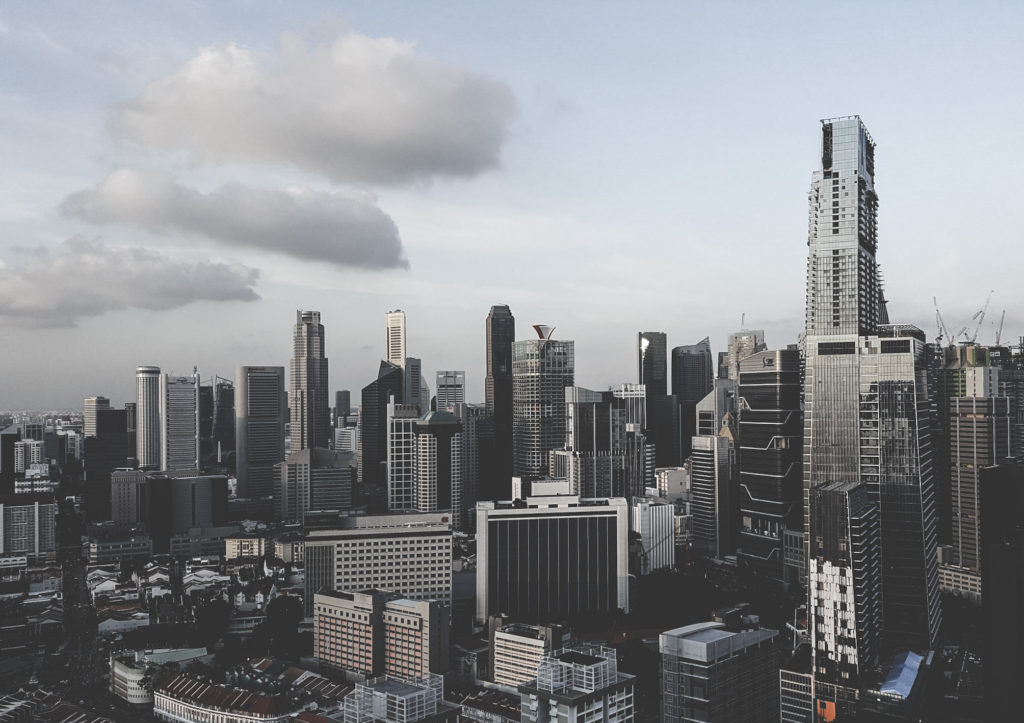
Taken with a phone… because I’m a dumbass
…And never take those out. Nothing worse than going to a location, getting excited because the weather is perfect, then noticing you have no batter or forgot to pack an SD card. I’ve made this mistake once for each, and since then, I always stash an extra card and battery in my camera bag. If I need to charge the spare battery or empty the extra card, I always replace them with another first. Also, learn how to properly shoot with your phone as a backup! 😀
6. Tone curves are pretty important
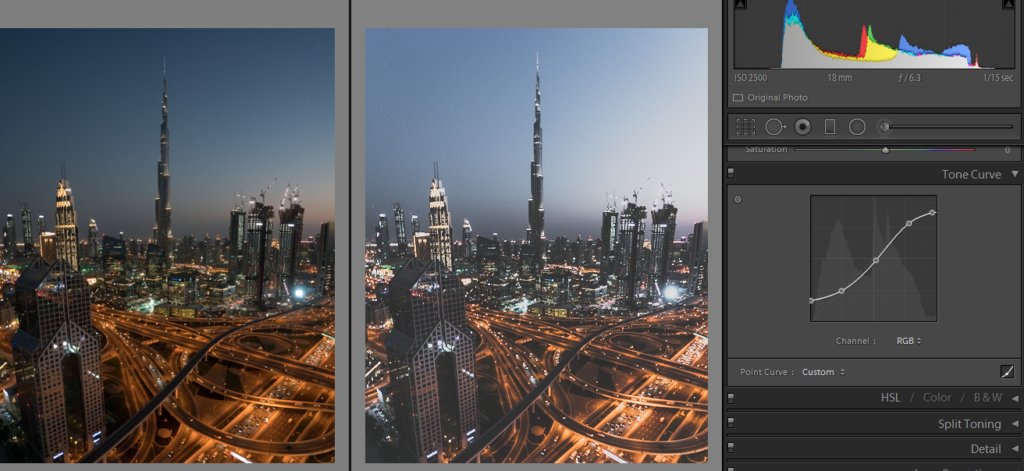
It took me way too long to realize what tone curves in Lightroom did. I simply never touched that panel until about 8 months in. Once I figured out the effect, I was hit with a huge epiphany – I finally understood how to achieve a lot of the looks I’ve seen around social media, such as the famous moody “film” tone. I went back to re-edit most of my portfolio after this discovery, and it made a HUGE difference.
7. Clean your ND filters
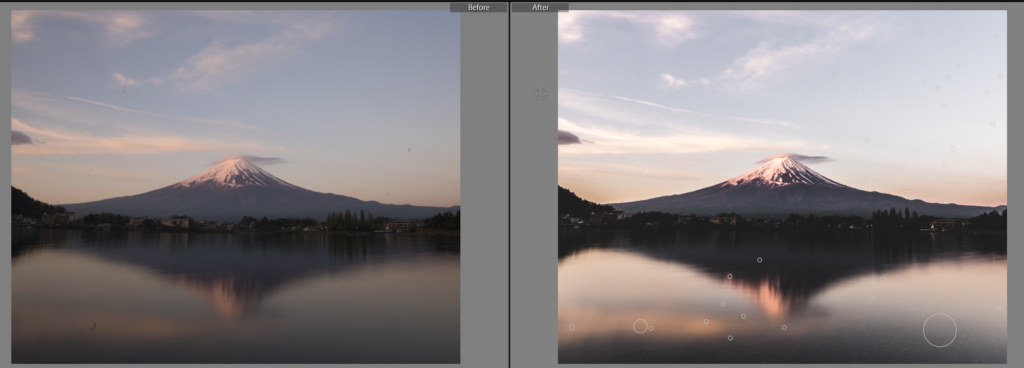
I’m still learning… this was taken 2 weeks ago
Well, first you have to start using filters of course, which also took me a long time to start doing – but once you do, I’m sure this mistake is pretty common. Filters tend to collect dust and other crap pretty fast. Shooting with a dirty filter ruins your beautiful long exposures – but the dust is difficult to see on the preview LCD – causing a huge amount of extra work cleaning them up in post. The same goes for lenses and even your sensor – but I’ve found that filters get dirty much easier.
8. Timelapses make landscape photography even greater
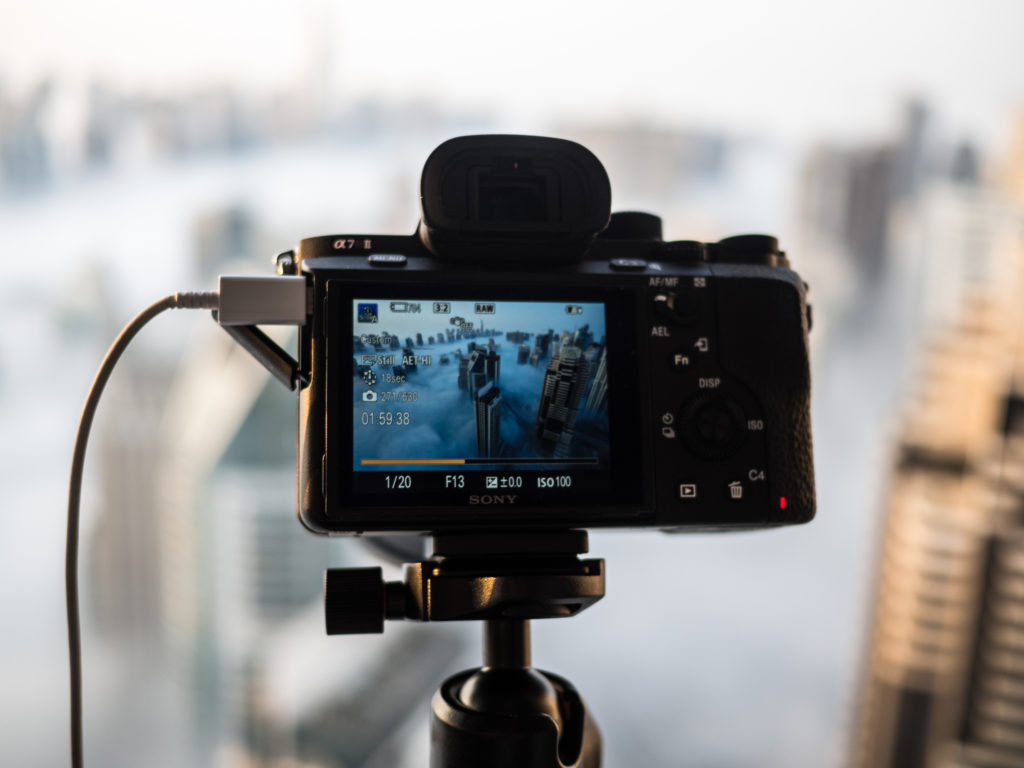
It’s a lot of work, but when done properly, timelapsing is the easiest way to move on to video if you’re starting out as a still photographer. I also learned a lot about photography when I started doing timelapses. For example, when shooting a day-to-night sequence, you have only one chance to compose the scene (per camera). This improved my composition by quite some margin. Then, once you’ve recorded your scene, it’s very easy to see the most beautiful moment in the sequence, which makes you appreciate perfect weather and special moments a lot more. Before that, I would often leave before the best weather, trying to get many shots in different locations, instead of sticking around for the best weather at the best spot. Sometimes, that is necessary for a truly great shot.
9. Always carry a camera
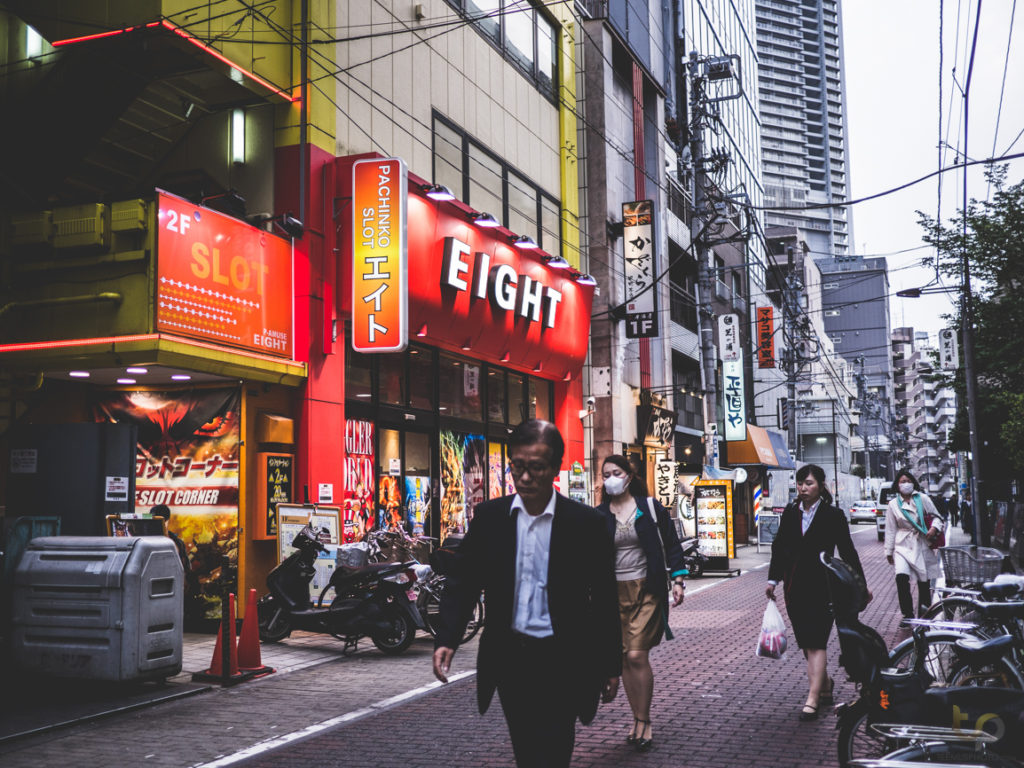
Taken while on my way home from the store in Japan
Even if I’m not planning on doing a “shoot”, I will almost always carry my small mirrorless camera with a pancake lens almost everywhere I go. Especially while traveling – in Japan, I used to take my camera with me for 15 minute walks to the store. This way, you’ll never miss a shot – and besides, it’s fun. It’s also a bit like constant practice, which will keep you sharp and improving, as long as you keep your eyes open for compositions.
10. Instagram is not everything
It’s fun and rewarding to publish your photos online, but it’s good to keep in mind that no one single platform determines your success as a photographer. Don’t take social media success too seriously, always shoot for yourself at first. Especially at first – if you’re shooting to please the mainstream audience too much, you won’t be able to produce original work as freely. Keep doing good stuff, eventually you will get noticed – but don’t force it.

